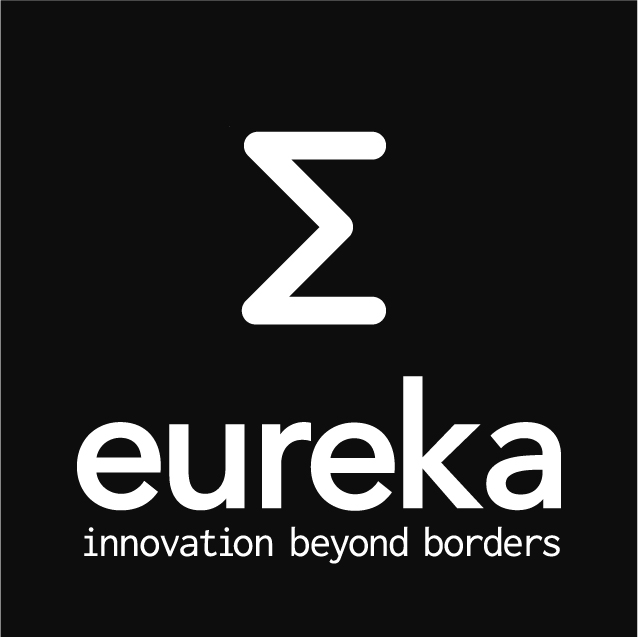Internet of Digital Twin Things
Project Status: running
Start Date: May 2024
End Date: April 2027
Budget (total): 1668.15 K€
Effort: 25.73 PY
Project-ID: C2023/1-10
Loughborough University, UK
Electronic Media Services Ltd., UK
Innova IT Solutions, Türkiye
Netcad A.S., Türkiye
Anser Information Technologies, Türkiye
Türk Telekommunikasyon A.S., Türkiye
Abstract
Current digital twin practices have limitations due to the central location of most digital twin models, which can cause data processing latency and network bandwidth issues. Additionally, the use of proprietary digital twin solutions can create technology silos and compatibility issues when interfacing virtual subsystems from different manufacturers. To address these issues, we propose a novel digital twin framework called the Internet of Digital Twin Things (IoDT2). This framework will allow for the easy sharing of models and data across networks, and computation resources can dynamically be formed to execute simulations. Each model can be instantiated at edge, fog, or cloud level where it exchanges data with other models, performs simulations, and returns results. This will enable practitioners to focus on creating necessary core models for their systems instead of being bogged down by complex software configuration.
The proposed framework will be built on an Information Centric Network (ICN) inspired digital twin network called Digital Twin Centric Network (DTCN), which will allow digital twin models, data, and compute resources to be published and located across networks easily. The authors believe that this framework will have applications in various industries, such as manufacturing (Industry 4.0), healthcare, and smart cities. To demonstrate and validate the framework, the authors will use an asset management use case in the aerospace sector. This will involve splitting digital twin models into meaningful components and moving a subset of these components to the edge to improve latency and bandwidth. The IoDT2 framework will simply take specified digital twin models, run simulations, and return simulation results.



